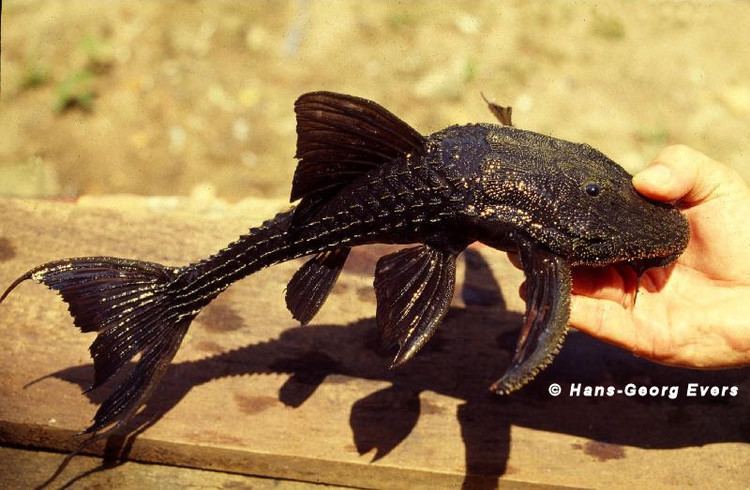Subfamily Hypostominae Phylum Chordata Rank Genus | Scientific name Acanthicus Higher classification Hypostominae Order Catfish | |
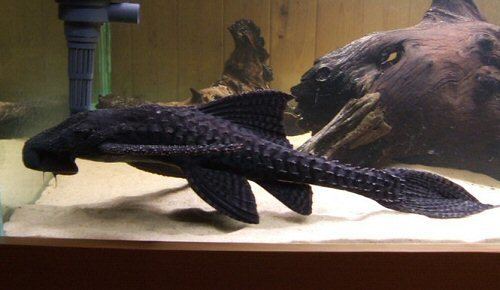 | ||
Lower classifications Acanthicus adonis, Acanthicus hystrix | ||
L155 polka dot lyretail pleco acanthicus adonis for sale
Acanthicus is a genus of suckermouth armored catfishes native to South America. They are native to the Amazon and Orinoco rivers of South America and possibly in Guyana. The name Acanthicus is derived from the Greek, akanthikos meaning thorny, spiny. Fish of this genus are known as Lyre-tail plecos. A. hystrix may also be known as L155 by the L-number system. These species are found in large rivers. Fish of this genera are omnivorous, juveniles feed on algae and aufwuchs.
Contents
- L155 polka dot lyretail pleco acanthicus adonis for sale
- L193 pleco acanthicus sp
- Species
- Description
- In the aquarium
- References
L193 pleco acanthicus sp
Species
There are currently 2 recognized species in this genus:
Description
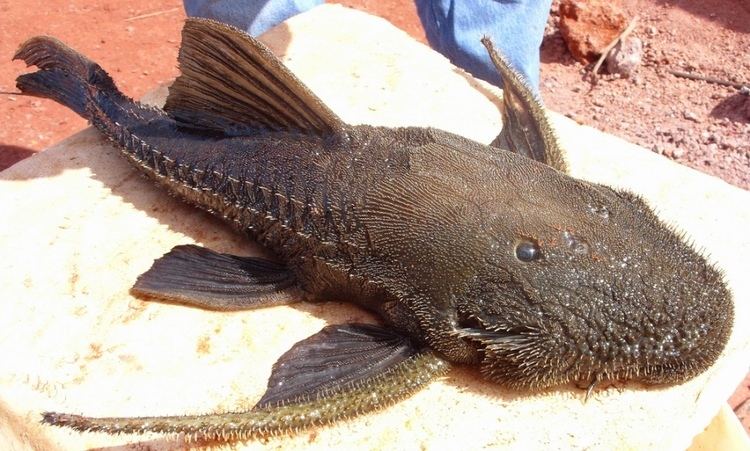
Acanthicus are large species that may grow up to 1 metre (39 in). A. adonis grows up to about 20.6 centimetres (8.11 in) SL, but are also reported to grow much larger to 100 cm (39 in) SL. A. hystrix has a maximum recorded length of about 53.0 cm (20.8 in) SL but is reported to grow up to 70 cm (28 in) TL.
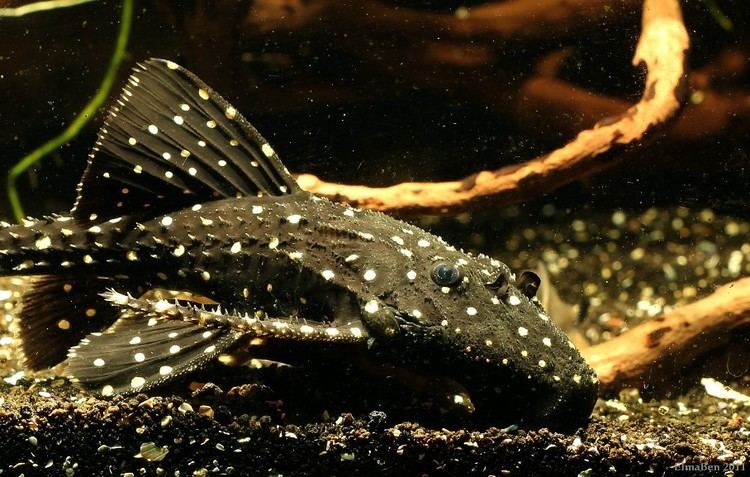
These fish are relatively slender, spiny Loricariids that lack an adipose fin. The caudal fin possesses long filamentous lobes on the upper and lower margins and is forked. The pectoral fin spines are extremely long. The entire dorsal surface of the head is covered in stout, sharp odontodes. The odontodes form a sharp keel on the lateral plates and, in juveniles, there are few to no odontodes on the plates above and below the keel rows. The cheek odontodes are fairly thin, but numerous. Males may have more and longer cheek odontodes and greatly elongated odontodes on the pectoral fin spine.
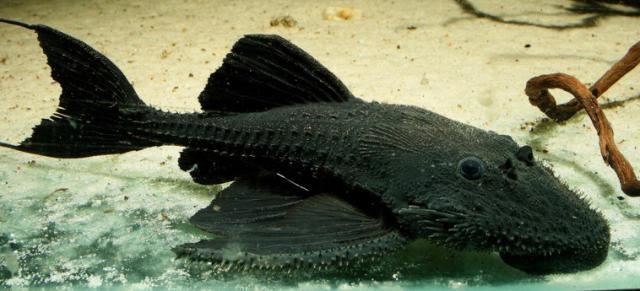
The colour of these fish is typically black, sometimes gray, with the abdomen the same color as the rest of the body. A. adonis shows white spots on a black background in juveniles; the adults lack these white spots, but are pitch black, unlike other Acanthicus species.
In the aquarium
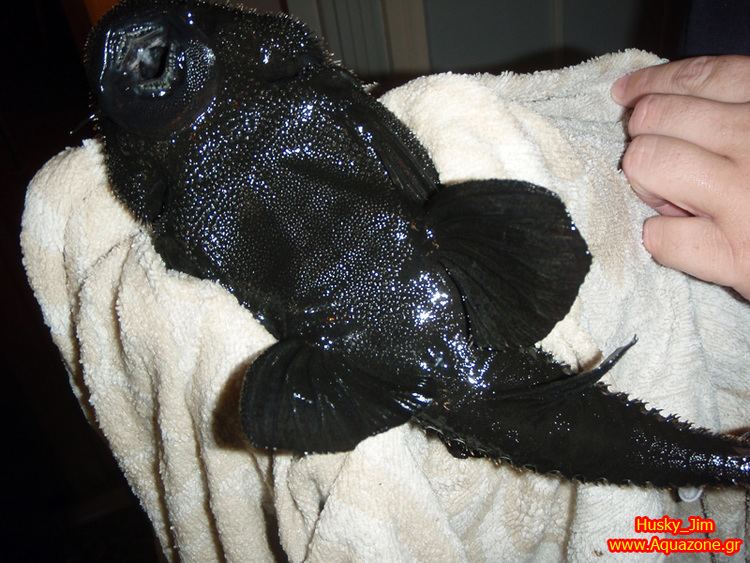
A. adonis is an ornamental fish in the aquarium fishkeeping hobby. It is a generalist or opportunist feeder and will accept most kinds of fish food. Objects in the aquarium should be stable so that they are not knocked over by these fish. These fish are rather territorial and must be kept in a large aquarium with many refuges; care should be taken when keeping these fish with other loricariids as this has been known to result in death of one or both fish. They require well-filtered water. They have been bred in captivity.
